Pixelfed account: https://pxlmo.com/buffy
- 24 Posts
- 46 Comments
- buffy@lemmy.worldOPtobirding@lemmy.world•American magpie guarding the hiking trailEnglish2·3 months ago
Thanks! It’s always nice to see a Steller’s Jay, gotta love their mohawks and beautiful colors!
My pleasure. I’m looking forward to seeing your posts if you ever feel like sharing. If you have any questions, you can ask them here and I’d be happy to help!
- buffy@lemmy.worldOPtobirding@lemmy.world•Blue jay making sure they were the loudest bird in the parkEnglish1·3 months ago
Oh, of course I’m not comparing them to those forsaken seabirds!
- buffy@lemmy.worldOPtobirding@lemmy.world•Blue jay making sure they were the loudest bird in the parkEnglish2·3 months ago
I actually think something like that was happening when I took this picture. The park was full of birds and the jays were all hanging out together, collectively making a lot of noise seemingly out of nowhere.
Bear in mind that I’m not a pro and I’m a hobbyist with “entry-level” equipment that I bought more than 10 years ago, even though I started shooting birds the past year or so. I’m commenting to add the perspective of a person who just happens to casually photograph birds on weekends.
I mostly use a Nikon D3200 APS-C with a kit lens (18-200mm), but I’ve had a Sigma 18-300mm and a Tamron 150-600mm in the past.
First thing that might surprise you, I end up with way less keepers than a person with reliable autofocus and good low-light performance.
Second, you do need to get pretty close most of the time, regardless of reach, especially for small birds. Usually, I will take “safer” shots and approach the bird slowly, trying to achieve the frame that I want.
Here’s an example of a “safer shot”, straight out of camera (using the 18-200mm lens):
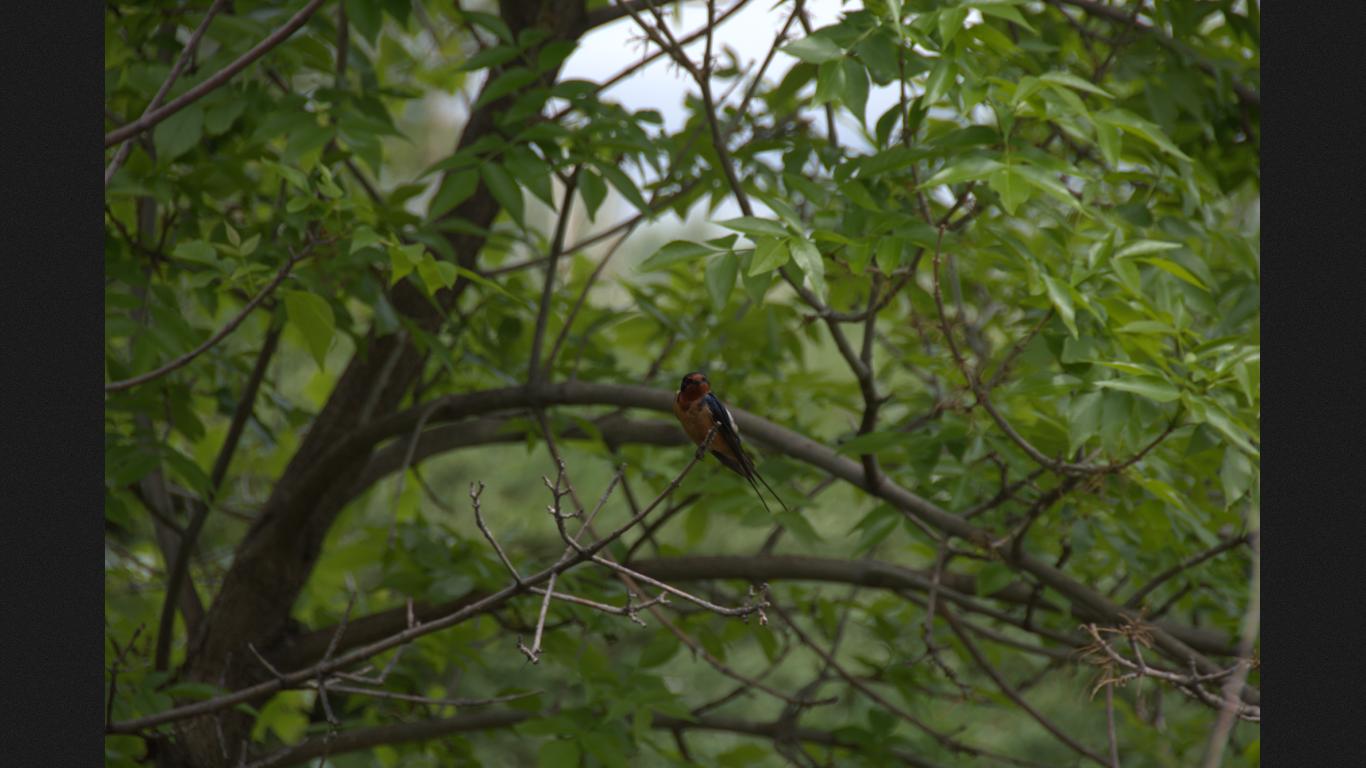
I could walk forward two more steps to improve framing, before I was limited by a creek in front of me,
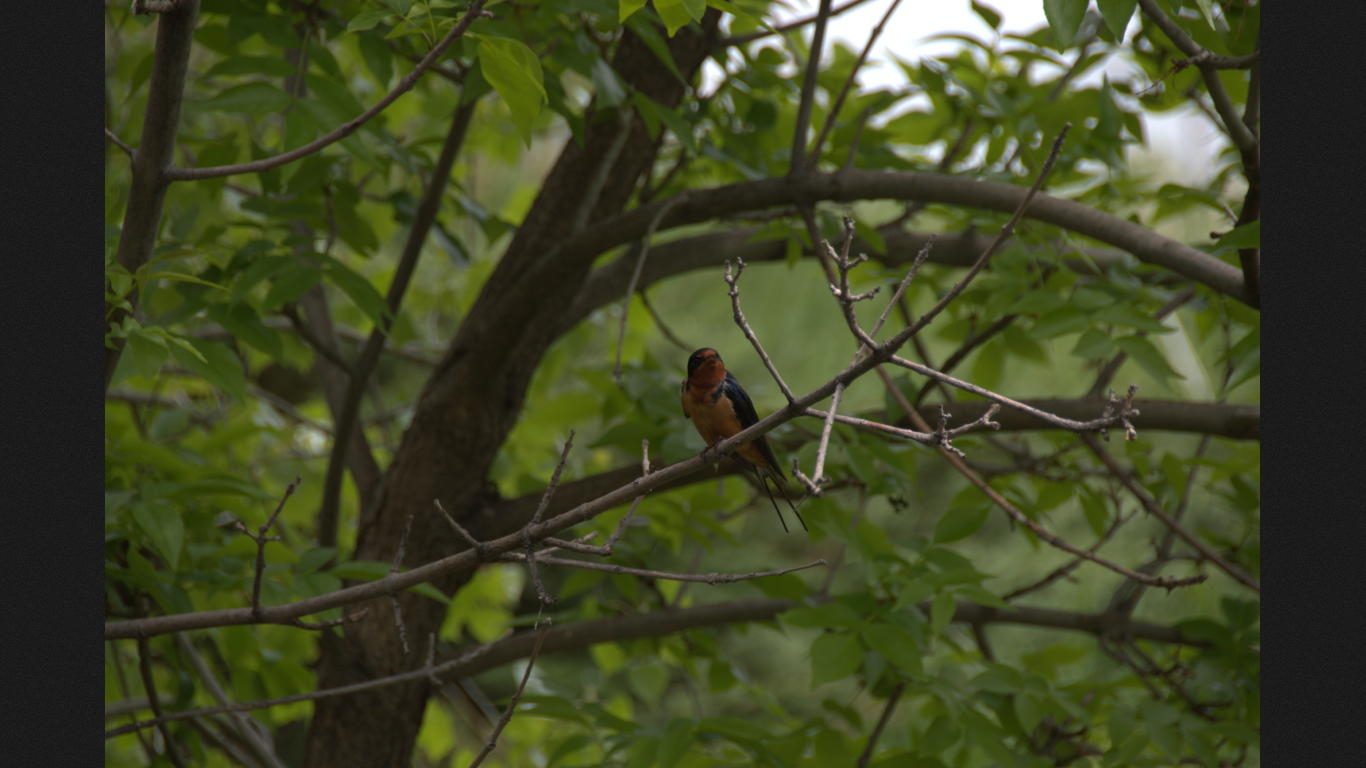
The final shot, illustrating how much I usually crop
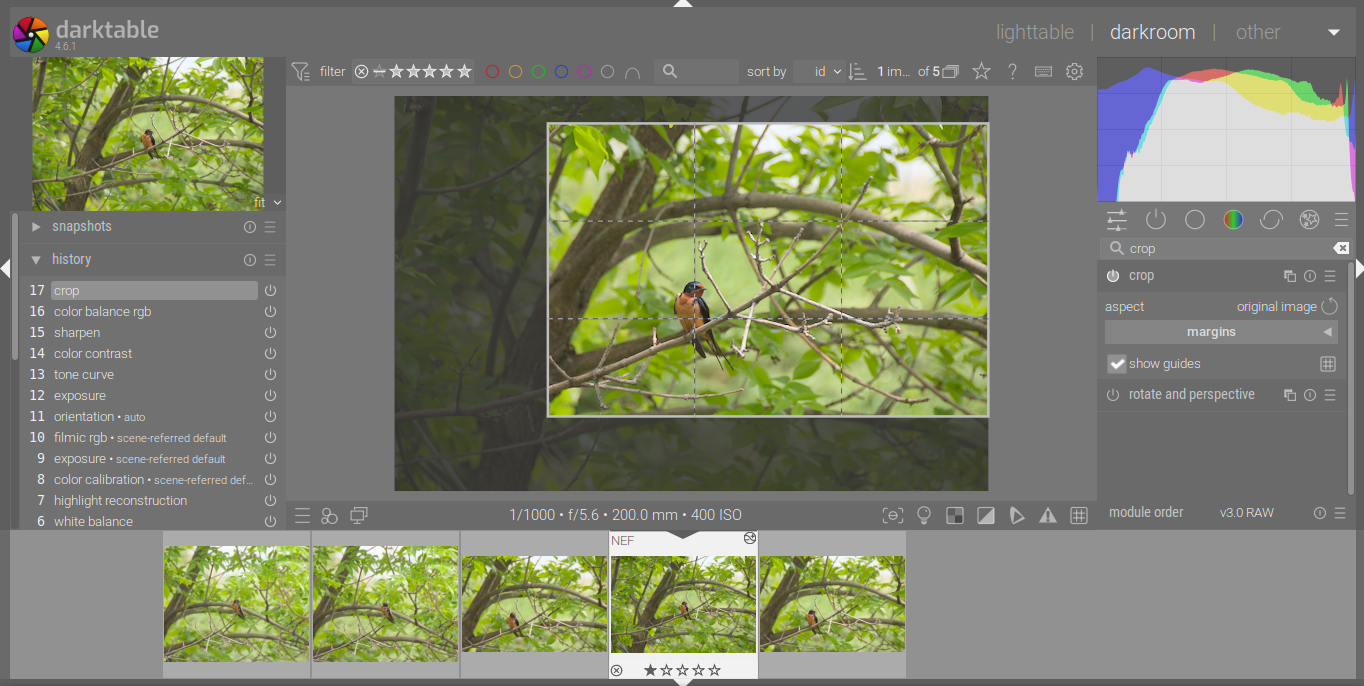
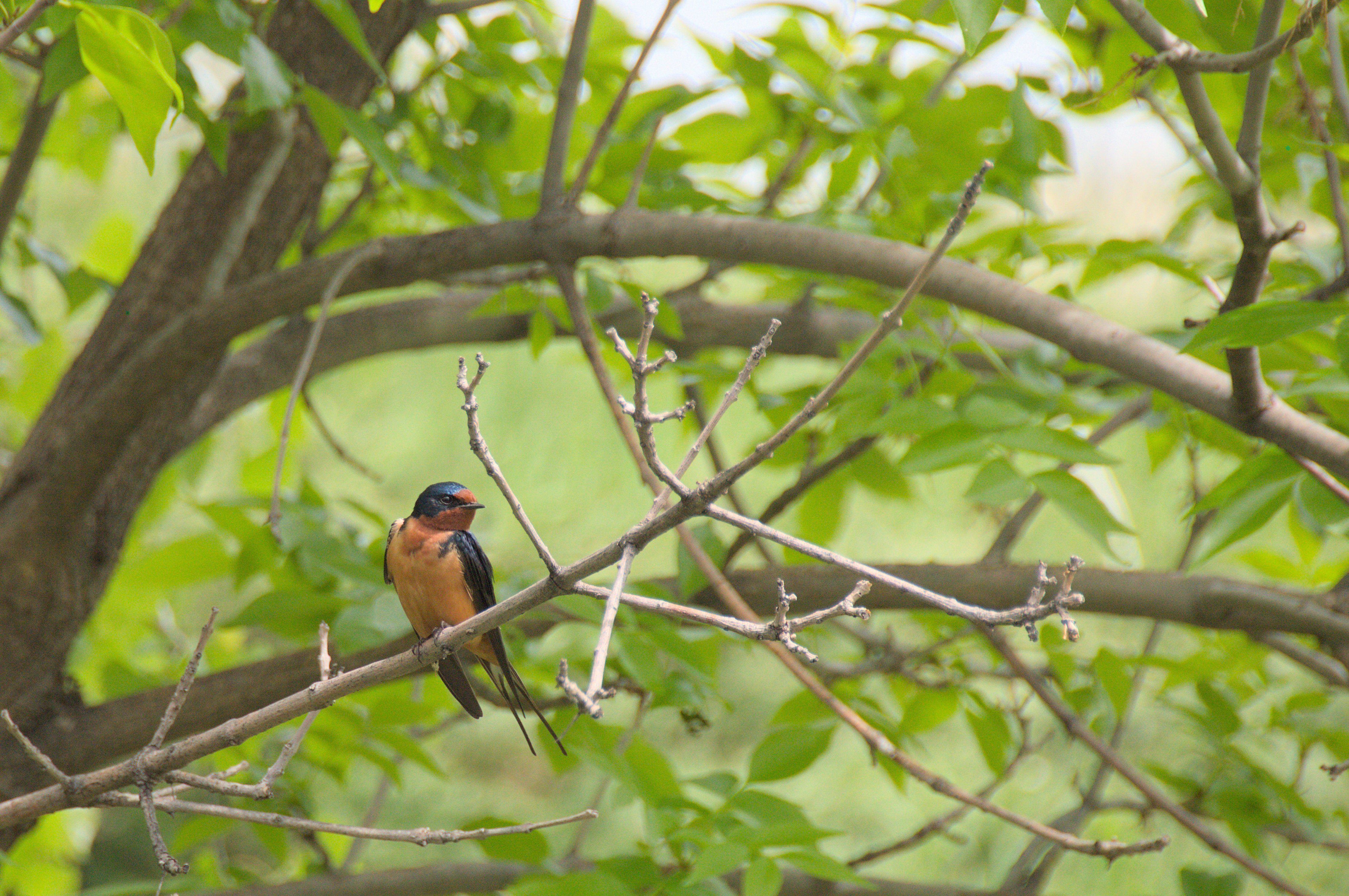
Using the same Barn Swallow location as an example, I know from experience that they perch there if I “come early” and wait standing still for long enough (~15 minutes). So that’s what I did when I went there the other day, standing at the same spot, but using the Tamron 150-600mm instead. This time, I didn’t have to crop, since I pre-framed my picture, knowing their approximate size and that they would be there sooner or later.
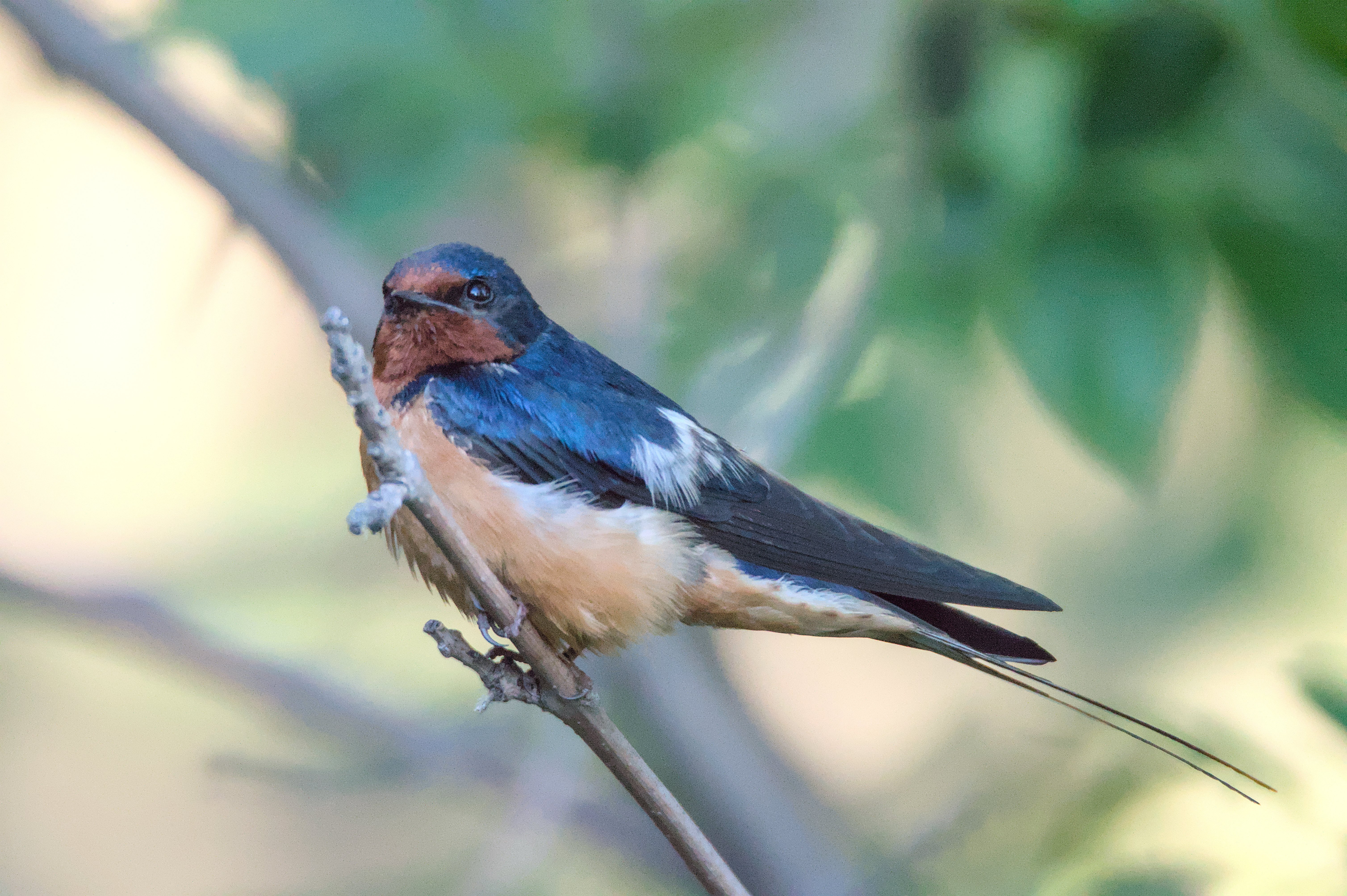
There are situations where you need to crop a bit more, especially for birds that are both small and fast.
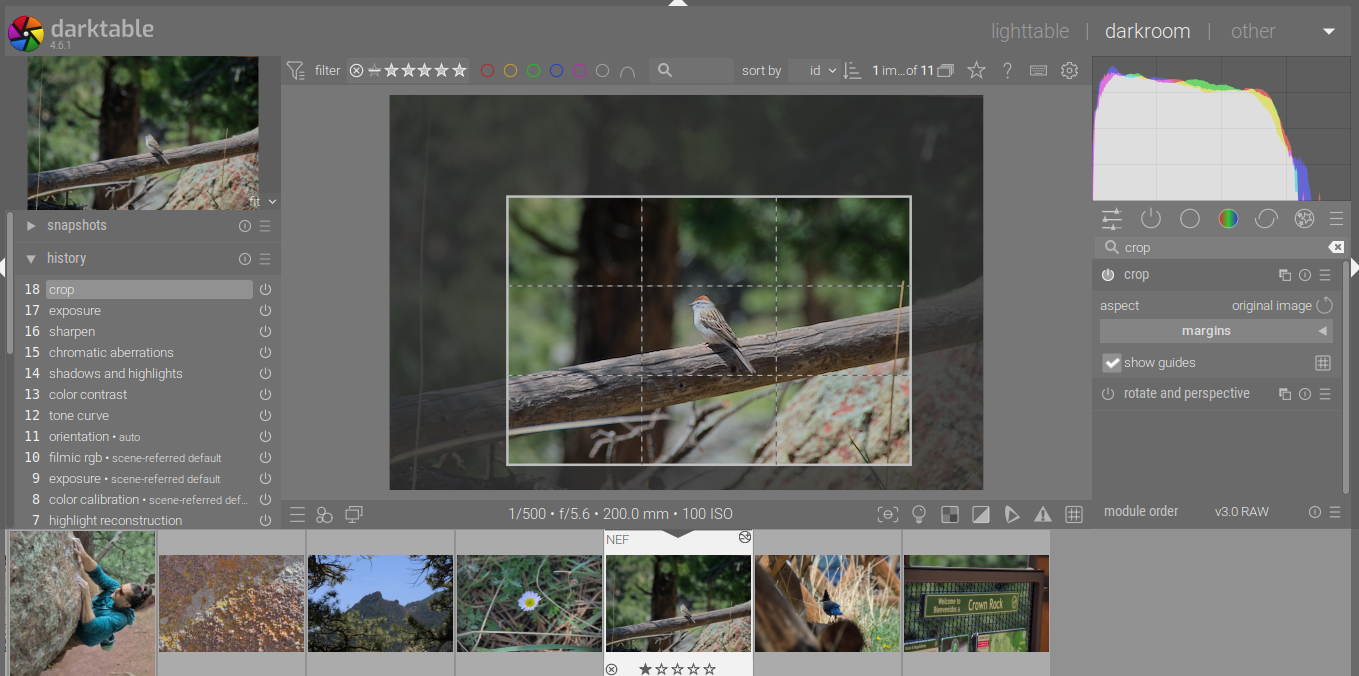
It took me close to 30 minutes to take this photo (D3200 + 18-200mm), since the chipping sparrows were zipping around, so I had to patiently wait for one to be within reach. I took exactly 6 pictures, two steps, lay down on the ground, one shot, two steps, lay down on the ground, one shot, repeat. Until the bird flew away.
I would say 200mm on cropped (300mm full frame equivalent) is when you can start to get good pictures: challenging but doable. 300mm on cropped is fairly nice (450mm equivalent). I don’t think there are crazy improvements from 450mm–600mm, since 450mm is already nice for larger birds like jays or blackbirds, and ~500mm may be too short to reliably capture some smaller songbirds. 800mm or so is the longest I’ve tried and IMO it would be very challenging to have good enough technique to pull it off beyond that.
Of course, a person with a high-resolution, low-light beast will be able to crop more aggressively than I do. Especially if they just post their pictures online, where basically anything at 2MP or so will do.
- buffy@lemmy.worldOPtobirding@lemmy.world•Blue jay making sure they were the loudest bird in the parkEnglish3·3 months ago
Oh yes! Here they can be really shy when they’re not in the mood, but on chatty days, oh boy, they will be caw, caw, caw, caw staring at you the whole afternoon.
- buffy@lemmy.worldOPtoNature Enthusiasts@lemmy.world•No better way to wrap up a week than to watch the sunset with a beautiful view and hearing the birds sing2·4 months ago
That’s neat! The first peak you can see from right to left is Bear Peak, in Boulder. If you look more to the left from the top of Mt Morrison, you’ll be able to see Apache, Kiowa, and North Arapahoe peaks, which can be seen from where I was.
- buffy@lemmy.worldOPtobirding@lemmy.world•Wait, is birding about seeing the same couple of species 99% of the time? Always has beenEnglish2·4 months ago
To be fair, they are very common birds in many places!
- buffy@lemmy.worldOPtoNature Enthusiasts@lemmy.world•No better way to wrap up a week than to watch the sunset with a beautiful view and hearing the birds sing2·4 months ago
That does look like Rio Grande in New Mexico, indeed! I remember seeing videos of the place and thinking “damn this looks a lot like Colorado”.
But to answer your question: no, those pics were taken in Colorado!
- buffy@lemmy.worldOPtobirding@lemmy.world•Wait, is birding about seeing the same couple of species 99% of the time? Always has beenEnglish4·4 months ago
One of the reasons I really like seeing your posts is that the birds are so exotic to me!
Shout out to @snlug@lemmy.ca and @adjjjj@lemmy.world too!
- buffy@lemmy.worldOPtobirding@lemmy.world•Wait, is birding about seeing the same couple of species 99% of the time? Always has beenEnglish2·4 months ago
I am half-joking because I know if I go to a different area I will spot other birds. But also I went to a place where there are (in theory) roughly 75 bird species inhabiting the space this month, and it’s clear that the vast majority of animals you see there are from the same species. You need to be consistent, persistent, and diligent to spot something “rare”. But that’s the joy of it, so it’s all good!
- buffy@lemmy.worldOPtowildlife photography@lemmy.world•Snapping turtle sunbathing on a hot dayEnglish3·4 months ago
Thank you! I’m glad you like the photos.
I agree on the turtle! I decided to post the pics on Pixelfed first, then share them here. For some reason, I thought I’d share a different picture of the turtle on Lemmy, but this one is much more appealing indeed.
- buffy@lemmy.worldOPtobirding@lemmy.world•Red-winged blackbird singing his lungs outEnglish1·5 months ago
I can post more photos of that specific tree later this week
- buffy@lemmy.worldOPtobirding@lemmy.world•American Robin watching the neighbors on their morning walkEnglish3·5 months ago
That’s awesome! Thank you for sharing that, because I actually looked it up and look what I found: https://www.lib.montana.edu/acoustic-atlas/acoustic-atlas-blog/posts/can-robins-hear-worms.html
- buffy@lemmy.worldOPtobirding@lemmy.world•American Robin watching the neighbors on their morning walkEnglish2·5 months ago
I don’t know what science has to say about how smart they are, but they definitely seem to always know what they are doing. They have such complex behavior and are extremely efficient at eating and nesting. Indeed really fun to watch!
- buffy@lemmy.worldOPtobirding@lemmy.world•Red-winged blackbird singing his lungs outEnglish2·5 months ago
Oh, then I’m glad that I posted it! What a coincidence.
- buffy@lemmy.worldOPtobirding@lemmy.world•Red-winged blackbird singing his lungs outEnglish2·5 months ago
Great photo, thanks for sharing! I love the background, too.
- buffy@lemmy.worldOPtobirding@lemmy.world•Red-winged blackbird singing his lungs outEnglish3·5 months ago
Haha, nailed it! I can hear this picture, too!
Thanks! I also like the geometry and colors of the playground in the background, it gives the photo a nice effect. That’s why I picked this one to post here.
And he knows he’s the boss! I have a 4K video of him, too. I’ll see if I can upload it somewhere and share it here